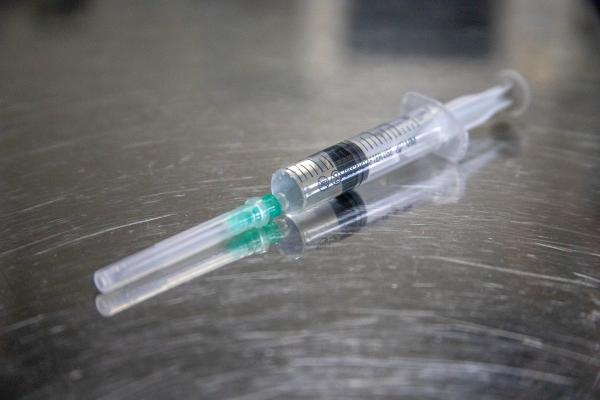The question of the “best” vaccine came up during our group meeting the other day. I have also gotten the question from friends. Here is my best answer.
Efficacy of vaccines
A year ago, Dr. Fauci stated that a vaccine with a 50% efficacy would be a godsend. The first two vaccines approved by the FDA, Pfizer’s and Moderna’s, have an effectiveness of 90% or better – we have been blessed. Of course, what Dr. Fauci means by efficacy is not necessarily what you think or want it to mean. Let’s clear it up.
It is improbable that we will rid the world of COVID-19 and its variants in the next few years. Our track record is clear in that regard; measles is still around, as is polio, smallpox not so much – and we have been dealing with those miscreants for decades. Efficacy for a vaccine in its most concrete definition is how many people develop an infection after being vaccinated. By that metric, Pfizer is great, J&J with efficacy in the ’70s is good. But don’t be fooled by that number alone.
The vaccines' real goal is first to stop the deaths and reduce the impact of the disease, i.e., hospitalizations. Vaccine efficacy doesn’t wholly address those metrics. So far, the vaccines from Pfizer, Moderna, and J&J have PREVENTED ALL DEATHS – if you are immunized and become infected with COVID-19, it is not a mortal illness. [1] For those who subsequently, despite immunization, did become infected, COVID’s course was significantly attenuated, with far fewer hospitalizations. Vaccination with any of these three choices turns a lethal disease into a “very bad” cold. Isn’t that a reasonable tradeoff, especially if you are very susceptible to COVID-19 or have underlying medical or demographic problems, like your age, that puts you at greater risk for hospitalization or dying?
Immune to what?
When our immune system encounters a pathogen, it mounts a defense. The defense is not against the pathogen, in this case, the entire COVID-19 virus but against a structural element or fragment of the virus. Any object with that particular shape is identified, attacked, and neutralized. So a naturally acquired immunity may be against a range of forms. [2]
All three of the vaccines are focused specifically on the viral spike protein. They differ only in how that spike protein is delivered. Think of it as putting up a house. J&J serves up the spike by bringing it pre-built into our bodies and letting the immune system do its thing; it is a pre-fab home. The Pfizer and Moderna delivery systems use mRNA to deliver a blueprint to our cells, programming them, temporarily, to make the spike; it is a construction crew putting up a house from 2x4’s and wallboard.
Naturally acquired immunity from a COVID-19 infection may cover different structural elements of the virus, given it an ability to protect against some variants, but it may not. Naturally acquired immunity will provoke a range of responses, from the robust where we are asymptomatic to the feeble, where we become deathly ill or even die. The fact that the vaccines are focused on a specific structural component, the spike protein, may make a difference in our immune response's range compared to a naturally acquired immunity. But all of the vaccines produce a robust response.
Getting the vaccine into arms
The J&J vaccine has advantages over the other two vaccines. First, it is one and done. No second appointment, and that means that our capacity to vaccinate is greater. A site giving 1000 vaccinations a day can fully immunize 1000 individuals a day with the J&J product, but only 500 a day with Pfizer’s or Moderna’s. Second, it doesn’t require a logistical cold chain and supercold refrigeration, making it more deliverable to rural areas and into pharmacies and community centers.
Here is the bottom line. The best vaccine is the one in the syringe that is about to go into your arm.
[1] With time and more people vaccinated, some people may succumb to COVID-19 who have been vaccinated, but it will be a vanishingly small number – as physicians, we might say, a number with no clinical meaning.
[2] We know this is true becomes sometimes those “foreign” shapes are very similar to what is really “us,” and our immune system attacks our body creating autoimmune diseases like rheumatoid arthritis or Type I diabetes.




